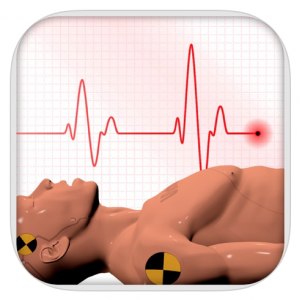Originally Posted by Stéphanie M. on 11 Sep 2019


Using virtual reality in medical education can provide alternative learning environments for busy professionals. Removing barriers to mandatory CPR and AED training and recertification for students and working professionals would help keep compliance levels high and help save lives.
Virtual CPR v.1.7 by Virtualware is a mobile app specializing in CPR and AED training. It provides simulations of urgent events using case based learning, it can provide instantaneous feedback with learning by doing, it stores training results, you can also do hands-on manikin training all in the integrated mobile app. It provides step by step instructions during an emergency, it measures the effectiveness of chest compressions, brain oxygen levels and guides you towards the next best steps. Would you use an app to learn how to save lives?
https://apps.apple.com/us/app/virtualcpr/id1092992228

Use of VR in this context is vital not only as a teaching and hands on training but further invokes emotions which are aroused during emergency response under any circumstance. While use of an app may be scoffed at, the information content is crucial to understanding the techniques and the reasoning behind them. As a former critical care nurse clinician, this is certainly a significant improvement over past systems which essentially were time consuming, often crowded and filled with emotional reactions ranging from enthusiastic to fearful. A great example of validation for educational technology
Joy